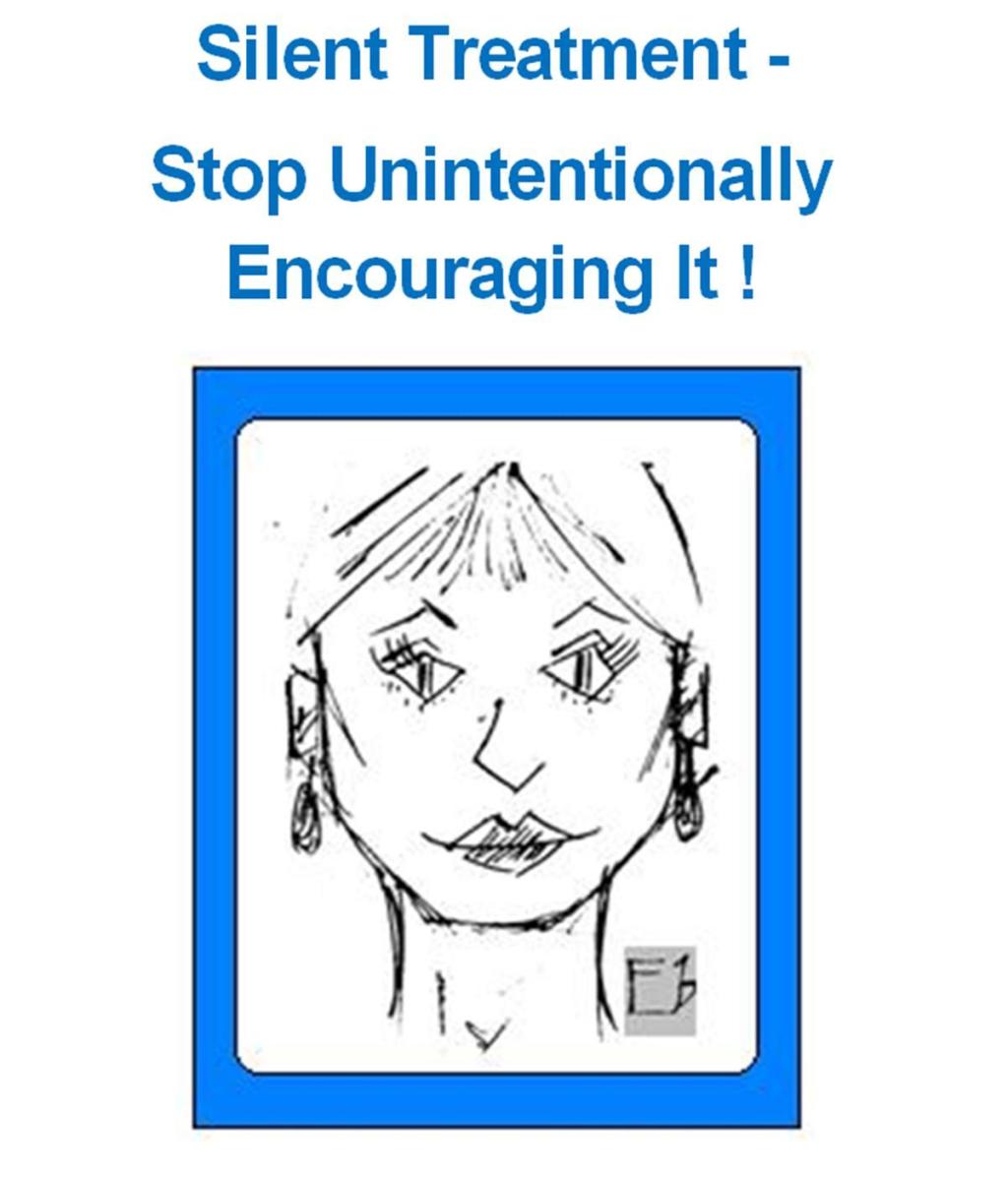Resources for Understanding the Abusive Relationship
Signs of an Abusive Relationship
The abusive relationship can be difficult to define.
Surprisingly, many who are involved in an abusive relationship either do not know that they are, or are not sure that they are, regardless of whether the abuse is emotional or physical. The reasons for this confusion are many. Among the reasons? The characteristics of an abusive relationship are not always understood, and the symptoms of an abusive relationship are often denied.
In this article, I offer resources that you can explore to learn more about the characteristics and symptoms of an abusive relationship.
What is the definition of an abusive relationship?
Briefly stated, an abusive relationship exists when one party of the relationship causes the other to repress feelings and behaviors in order to meet the first party's needs. An abusive relationship occurs when there is an imbalance of power, that is, when one party of the relationship succeeds in controlling the other. You can read an eloquent and substantive definition of the abusive relationship on the University of Maryland Health Center website.
Abuse takes many forms including verbal, psychological, physical, and sexual. Abuse can be manifested through neglect, hate crimes, bullying, and discrimination. Abuse may occur in any form of human interaction including domestic partnerships (regardless of sexual orientation), family systems, and workplace relationships. In every case, the core of the abusive behavior is a power imbalance.
How do you know if someone is involved in an abusive relationship?
You may identify with some of the following feelings and behaviors, either because you have experienced them yourself, or because you have heard them from someone close to you:
- Blaming only yourself for the problems in your relationship
- Feeling embarrassed, humiliated, or ashamed because of a joke or comment directed at you by a co-worker, relative, or significant other
- Being afraid to speak your mind to, or be yourself with, a person who is important to you
- Making excuses to your famiy, friends, or co-workers for obvious physical injuries such as a black eye ("It was such a silly thing, I ran into a doorknob!"), or a twisted ankle ("I misjudged the new stairs to our deck!"), when these injuries occurred not while you were alone, but when you were in an emotionally vulnerable position with someone else and that someone else caused the injury
Among the many Internet resources to help you identify whether a relationship is abusive is The Center for Relationship Abuse Awareness article, Warning Signs of Abuse.
Are physical and emotional abuse different?
Remember that the core of abuse is an imbalance of power in the relationship. In this respect, physical and emotional abuse are the same. However, emotional abuse is not as obvious as bruises and broken bones, although it can negatively impact a woman's overall health more than physical abuse. The article Responding to Emotional Abuse, published by Springtide Resources, is a rich resource that offers information about physical and emotional abuse, how to identify abuse, and how to help someone you know is being abused.
Does the abusive relationship occur only between two people who share a personal living situation?
Abuse is not confined to personal, intimate, or domestic relationships. Abuse can occur in the workplace as well. In the workplace, abuse falls into categories including sexual, racial, and gender discrimination, as well as harrassment and bullying.
Let me give you an example of something that happened to me.
It was late in the evening at my place of work. I believed I was alone in the building. I left my office to copy a document on a large office copier. As I watched the copies come off the machine, I felt someone come up behind me. I didn't see anyone, I just felt it. I turned around and saw an older man I had never seen before, and I jumped and gasped. My reaction was nothing I could control. He said, "Geeze, you're acting just like you got goosed." He laughed.
I felt as though I had fallen on my butt chasing fireflies on wet grass as a child, and all the air blew out of my lungs. I couldn't breathe, I couldn't talk.
He left, laughing.
Although I didn't know it at the time, there was a witness to his behavior.
To make a long story short, this man was fired the next morning, because his behavior was categorized as sexually abusive.
For more information about sexual harrassment (abuse) in the workplace, see this article on The Nature of Sexual Harassment, again from Springtide.
To gain an insight into workplace abusers and bullies, see the article Are Workplace Bullies Sabotaging Your Ability to Compete? from Pepperdine University.
More resources on emotional and physical abuse.
Abuse has no relationship boundaries and no limited class of victims. There are elder abuse, child abuse, and spousal abuse, to name just a few. Visit these additional authorities for more information. These websites will also refer you to channels of support in your local region.
MentalHelp.net publishes many articles on abuse, including how to identify if you are being abused. Just select Abuse in the Topic dropdown menu.
For statistics on abuse, visit Frequently Asked Questions About Relationship Abuse.
Signs of Abuse and Abusive Relationships, from HELPGUIDE.org, is a comprehensive article providing invaluable information about the topic of abuse as well as help hotlines in the US, Canada, Australia, and the UK for both women and men victims.
You may be interested in...
- When Your Spouse Drags Your Child into the Uncertainty and Pain of Divorce
Learn about the actions you can take to avoid placing your child in the middle of divorce hostilities. - National Center on Domestic and Sexual Violence
The National Center on Domestic and Sexual Violence provides training, consulting, and advocacy regarding domestic violence and sexual abuse. Their website is a rich resource for understanding abuse.
© 2008 Sally's Trove. All rights reserved.










